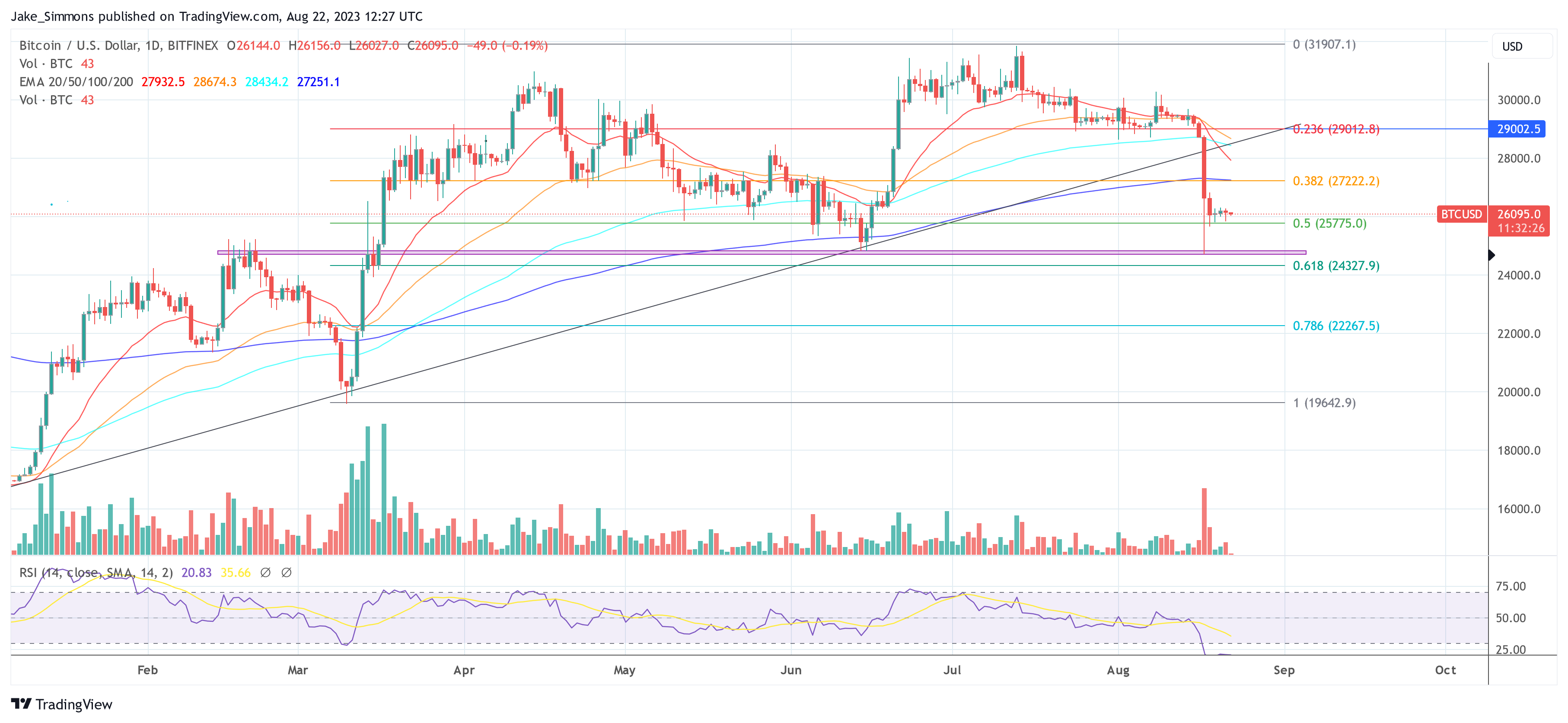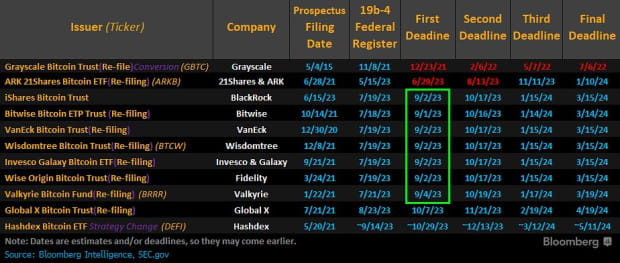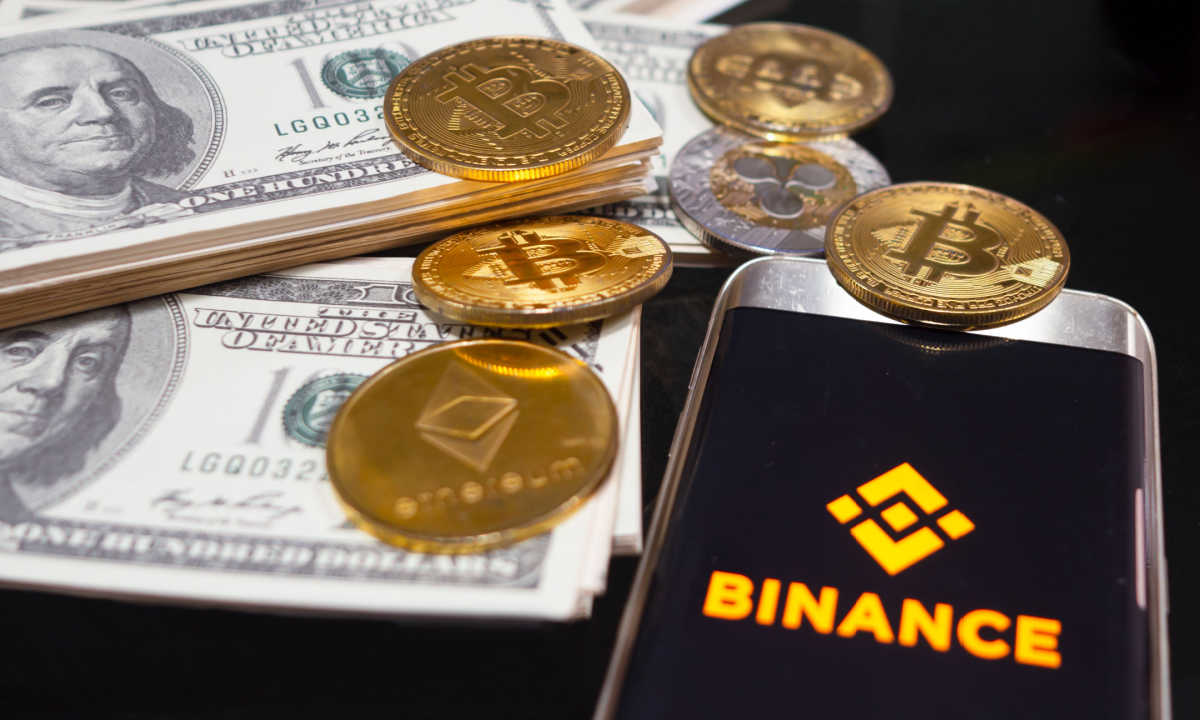Within the Bitcoin area, a brand new battle is brewing over a proposal which is igniting passionate debates. Bitcoin Enchancment Proposal 300 (BIP300) and its accompanying BIP301 introduce a paradigm-shifting idea often called “Drivechain.” This proposal, which carries the potential to redefine the way forward for BTC and its relationship with altcoins, has sparked fervent discussions amongst specialists and fans alike.
What Is Drivechain?
At its coronary heart, Drivechain introduces the idea of “sidechains,” providing another method to scaling and increasing the functionalities of the community. These sidechains, outlined in BIP300 and BIP301, permit Bitcoin to create, ship, and obtain BTC to and from layer-2 networks, often called “sidechains.”
Remarkably, Paul Sztorc, the driving drive behind BIP300 desires to implement the change through a tender fork. Core developer Luke Dashjr’s draft rewrite of BIP-300 is out already. Sztorc argues: “The tender fork was invented as a result of it was too troublesome to get full consensus on each change… it protects customers from dangerous devs, and dangerous software program — no effort or experience wanted.”
Nikita Chashchinskii, a software program developer deeply concerned with BIP300, posits that BIP300 might tackle important challenges dealing with Bitcoin, providing a brand new avenue for change whereas avoiding contentious upgrades to the mainchain. Chashchinskii believes that Drivechain might remodel Bitcoin right into a dominant drive by absorbing the most effective options of competing cryptocurrencies, probably making a monopoly.
Moreover, he contends that Drivechain presents a viable resolution to BTC’s future safety price range woes, sidestepping problematic alternate options like tail emission or proof of stake.
Remarkably, sidechains, as proposed, wouldn’t require new property; BTC could possibly be deposited and withdrawn at a 1:1 change fee, mitigating considerations of fragmentation and competitors. The present hash fee would safe sidechains, whereas transaction charges would bolster Bitcoin’s safety price range.
The proposal envisions Bitcoin with a portfolio of sidechains, with every sidechain’s inclusion decided by its potential to generate transaction charges. Miners, pushed by revenue motives, would activate sidechains, shaping BTC’s growth based mostly on customers’ revealed preferences.
Opposing Opinions From Bitcoin Trade Voices
Nevertheless, Drivechain is getting an enormous backlash from the BTC neighborhood. Amongst others, Ari Paul of BlockTower challenges Sztorc’s opinion on tender forks, casting them as “centralized authoritarianism” that empowers a minority to implement adjustments, probably compromising the essence of decentralized networks. In keeping with Paul, “Gentle forks at all times appeared like ‘centralized authoritarianism’ (to oversimplify) to me. Even when 90% of the neighborhood rejects, a minority can nonetheless successfully drive change on the community.”
Pierre Rochard, Vice President of Analysis at Riot Platforms, delivers a pointed critique of Drivechain’s messaging and intentions. He asserts, “Drivechain’s ‘drive a tender fork to kill sh*tcoins’ advertising and marketing in some way manages to be each anti-Bitcoin and anti-‘crypto’. Additionally pure hopium. It’s a distraction. Robust NACK.” Rochard’s reservations underscore the complexities surrounding BIP300, exposing the divergent viewpoints even throughout the neighborhood.
In the meantime, Jimmy Music, a distinguished Bitcoin educator and OG, shares comparable considerations. He argues that the advertising and marketing techniques employed to advertise Drivechain received’t achieve success. “Paul Sztorc has brazenly said that Drivechains will get rid of 99.9% of altcoins. Whereas the declare has been made, there may be little proof to help it,” says Music, including that “this implies drivechains’ worth is as a technical playground, which undoubtedly has worth however prompts the query: Is it value implementing via a tender fork in Bitcoin?”
Will Cole from Zaprite app challenges the premise that Bitcoin is shedding worth to altcoins, asserting that altcoins primarily goal to complement their creators:
The premise for BIP300 that Bitcoin is shedding worth to altcoins is nonsense. There isn’t a worth being created “outdoors” Bitcoin within the altcoin area. Individuals don’t create altcoins as a result of Bitcoin lacking options. They create altcoins to complement themselves. Drivechains don’t change that.
Phil Geiger from Unchained questions the need of Drivechain, suggesting that there are already a number of methods to create tokens: “You’ll be able to already do shitcoins on Bitcoin in like 5 other ways. We don’t want one other manner.”
Alex Gladstein from the Human Rights Basis additionally challenges the concept Drivechain would deter the issuance of altcoins on BTC-based techniques, highlighting the profit-driven nature of many altcoin initiatives:
My primary query is why do individuals assume altcoins would abruptly be issued on Bitcoin-based techniques ought to this come to go? So so so many altcoins are created primarily to complement the issuers. Would it not be simpler to rip-off individuals on a drivechain?
Information Drama Unfolding?
Because the crypto neighborhood grapples with the implications of BIP300 and Drivechain, a profound debate unfolds, highlighting the conflict between differing ideologies and visions for the way forward for Bitcoin. Whereas proponents champion Drivechain’s potential to reshape BTC’s trajectory and bolster its capabilities, skeptics increase considerations concerning the necessity of BIP300 and the appropriateness of the tender fork mechanism.
At press time, BTC traded at $26,095.

Featured picture from Enterprise Insider, chart from TradingView.com









![Methods to Purchase DeFi Pulse Index on CoinStats [The Ultimate Guide 2022]](https://bitrrency.com/wp-content/uploads/2022/05/DeFi_Pulse_og-100x70.png)

